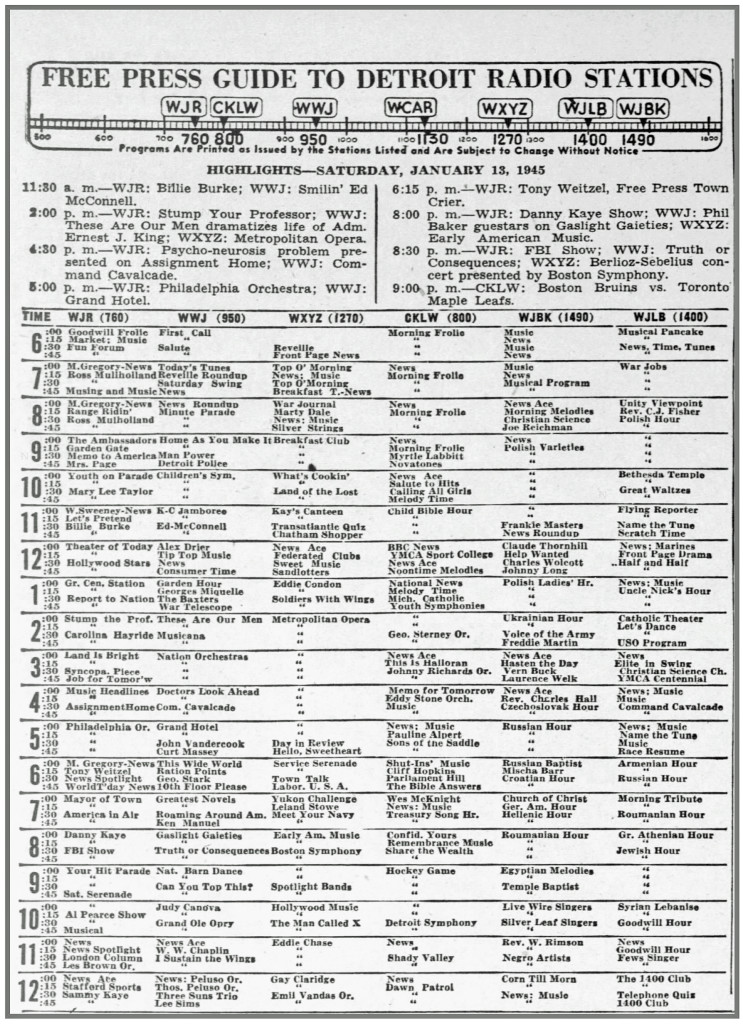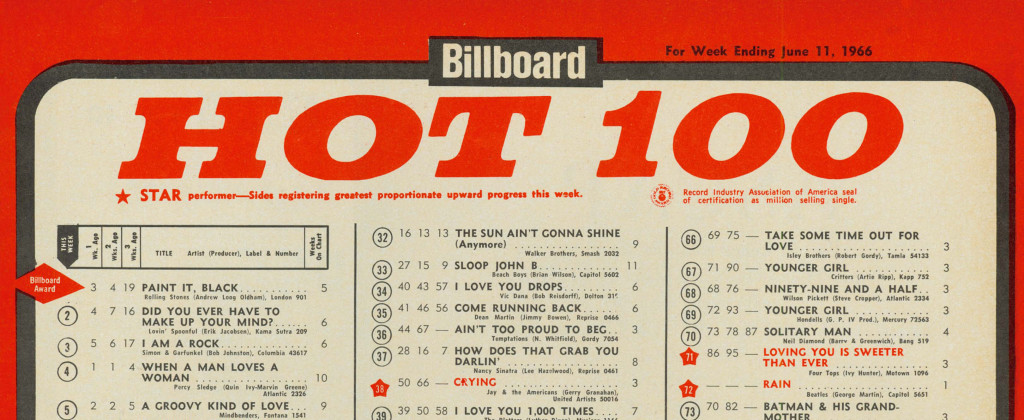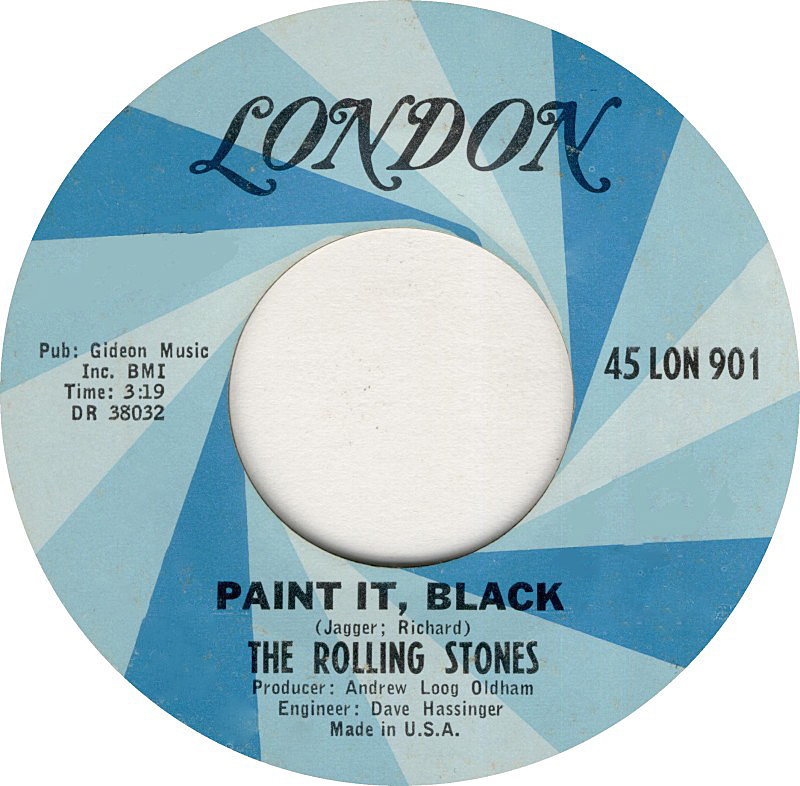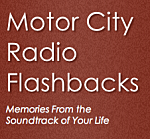 From the old MCRFB radio scrapbook: 1945
From the old MCRFB radio scrapbook: 1945
AIR PROFILE OF THE MOTOR CITY
WXYZ First Case History; Serials It Breeds and Feeds to Nets
___
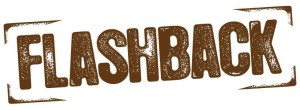 DETROIT, Jan. 8, 1945 — The story of radio here is that of a highly heterogeneous metropolitan area of 2,500,000 population, war-swollen by 500,000 additional newcomers, which is served by seven radio stations.
DETROIT, Jan. 8, 1945 — The story of radio here is that of a highly heterogeneous metropolitan area of 2,500,000 population, war-swollen by 500,000 additional newcomers, which is served by seven radio stations.
That number, seven, is just about right for a major market, allowing full outlets for existing networks, giving an adequate selection of programs from local stations for listener, and most important, allowing each station to develop an individualized operating personality without too bitter competition.
Habitual Dial Twister

While there is a following for each station, most notably in the case of the smaller stations with their foreign-language listeners, the typical Detroiter is an habitual dial shifter.
He’s ready to listen to a program that interests him but he won’t stick with that one station if the following programs fail to please. This has had the desirable effect of keeping program directors ulcerized and on their toes, and not allowing dull periods to be carried by highlight shows. Stations know they lose their listeners fast to some other local station for any program that doesn’t have drawing power.
The average Detroiter, following personalities and programs rather than stations, feels that his favorite local shows are just about as good as their network counterparts, excepting the top-drawing stars.
His confidence in home -town radio is confirmed by his knowledge of the local contribution to the nets, such as The Detroit Symphony and The Lone Ranger, and he’s used to thinking in big terms of Detroit production in any field.
This atmosphere has generally proved stimulating to station ops because it is a challenge to produce their best for local radio. Because each station has a relatively successful standard of operation in a boom market, even apart from being able to sell all the time they have under wartime conditions, the individual niche in the area occupied by each station requires detailed analysis.
WXYZ True Regional Key
WXYZ, 5,000-watt Blue Network outlet, is also the key station of the Michigan Radio Network — a true regional or State network, which even conducts its promotion as a unit. This station takes top rank locally for originating network shows, and during the past year has fed six shows, totaling four and a quarter hours a week, to the net.
These are topped by The Lone Ranger, three evening half hours weekly, and include Green Hornet, one half hour; Service Serenade, one quarter hour; Pages of Melody (Larry Page), five quarter hours, and two Ford broadcasts, Greenfield Village Chapel, one half hour Sunday evenings, and a quarter hour of Early American Dance Music Saturday nights.
The station is on the air from 6:30 a.m. to 1 a.m., starting an hour later on Sunday and feeds the MRN (Mutual Radio Network) from 8 a.m. till 12:30 am. The network and the station are closely intertwined with its famed serial.
Depression -Born “Lone Ranger”
The going was tough during the depression, after WXYZ left Columbia in 1932. A program that would have enough appeal to build up the station was sought and, at staff conferences, the idea was worked out that it must be a Western, it must appeal to children by eliminating love stuff, but still have an adult appeal. Localization to one part of the country was ruled out to broaden appeal. Story conferences of all department heads were held.
Fran Striker, now script editor, was brought from Buffalo as original writer for the program which became The Lone Ranger. It became a valuable property of the King-Trendle Broadcasting Corporation, owners of the station. Sustaining for the first few months, it was sold to Gordon Baking Company, who also put it on Philadelphia and New York stations. Promotion campaign was widespread and 87 companies were signed up to put out novelties and other items tied up with The Ranger or the famous “Hi -Yo, Silver!” Transcriptions were sold to about 125 stations, and a screen serial was released in 1937 -’38, which was reported as the top grossing serial of all time. A less successful serial followed. The Ranger is said to be the only radio show that became successful as a comic strip and at a premium price. Nineteen books, selling from $2 to two-bits have been published, and two monthly comic books now run 800,000 copies.
General Mills Brings Net Switch
When General Mills became the principal sponsor, the program switched from Mutual to Blue. Today its survey rating is reported the highest it has ever been at this time of year. It is the oldest evening serial -dramatic program on the air, now starting its 13th year. On January 30 it will total 1,872 uninterrupted broadcasts.
The show is being merchandised today thru the familiar special licenses for use of the name, sponsor tie-ups, and thru personal appearances during the past two years in circuses, rodeos and special events. Some of these have set all-time records and it is estimated at least 2,000,000 have seen the Ranger in person.
Audience Adult in Part
The Ranger audience is 55 per cent adult today. It is a prime favorite for the 5 to 14 age group, and begins to get them again in a “second generation” of fans from about age 27 up.
Meanwhile, the firm has been building other serials to follow: The Green Hornet, recently a network show, has its own comic strip like The Ranger; Ned Jordan, Federal Ace, tailored to follow along after Hornet, and Challenge of the Yukon, which aims to develop for radio a dog personality, like the famed Rin -Tin -Tin did for the films.
While the station was being built from the program side, it was strengthened in February, 1933, by the formation of MRN, with seven up -State stations strategically spotted to cover Michigan. But the State, with a widely diversified population, offers a good test market, and is often so used, with MRN’s single contract offering obvious advantages. END
(Information and news source: Billboard; January 13, 1945)
![]()

